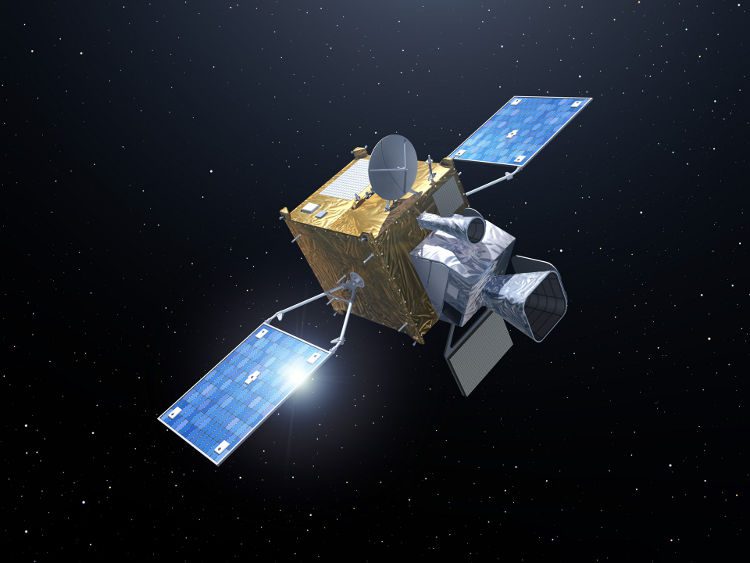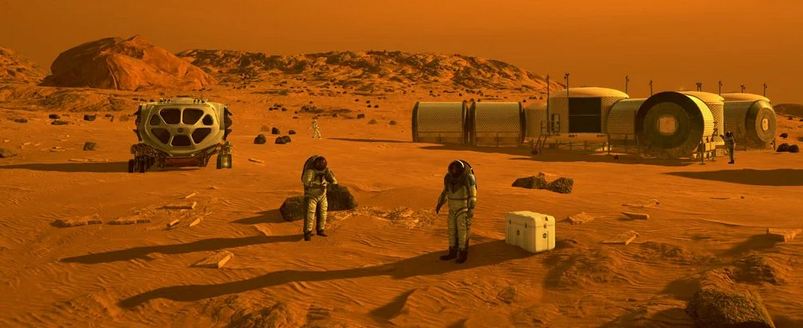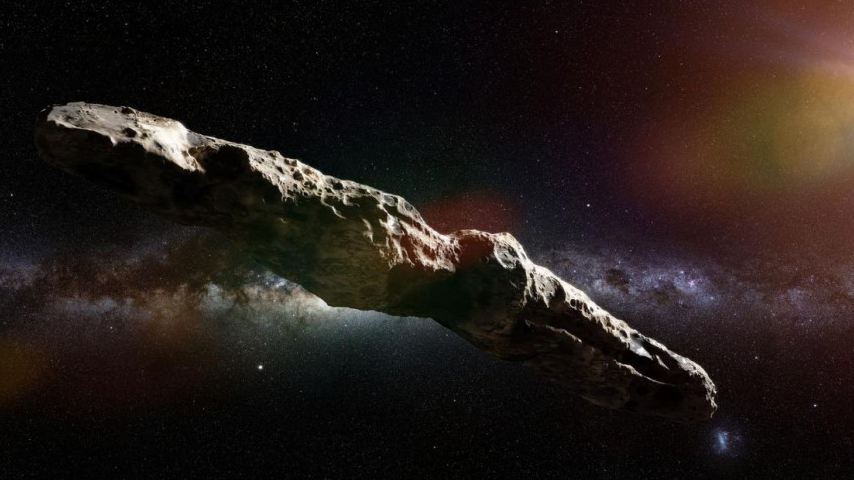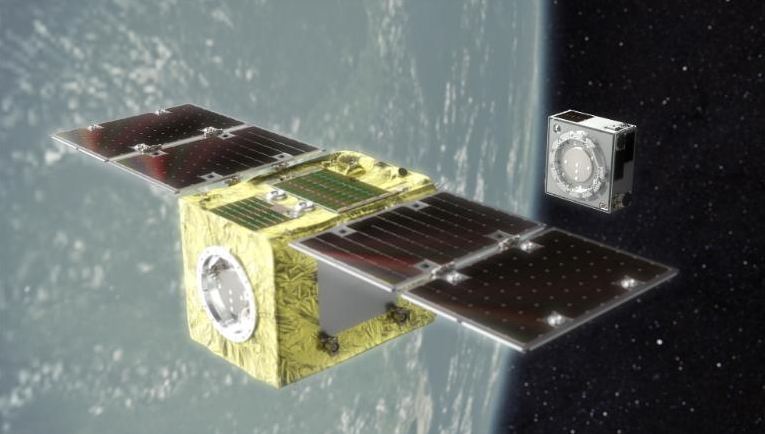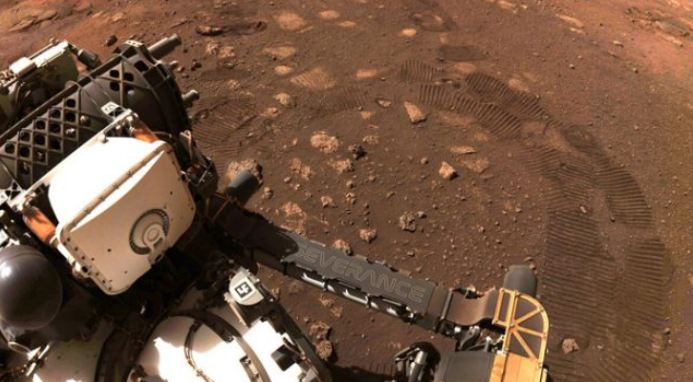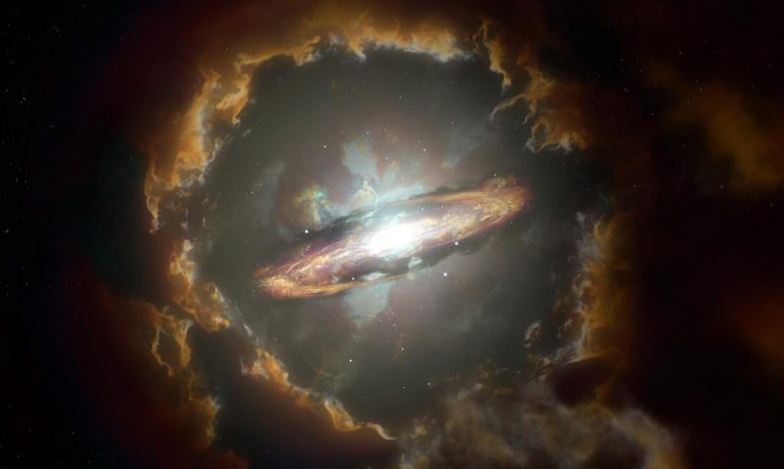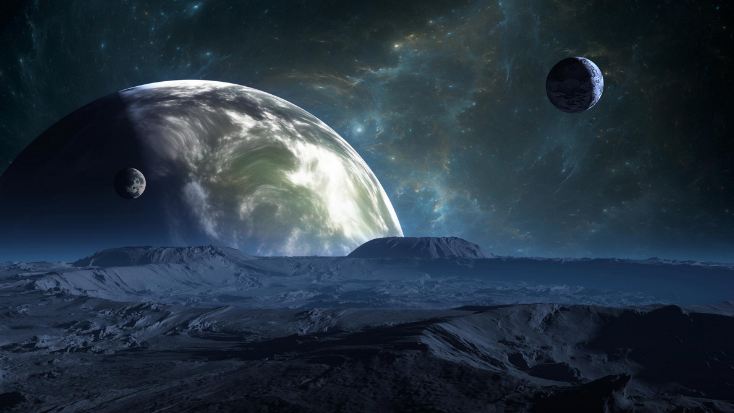Only some stars die, and when they do that, they go out in a blaze of glory: a peculiar yet tragic event known as a supernova. New information about supernova aftermath is now available. Astrophysicists succeeded in simulating what happens ...
A decommissioned weather satellite not used since eight years ago broke up, increasing the debris population (mostly space junk) in a critical orbit. The Space Force’s 18th Space Control Squadron announced that on March 18, it was confirmed that the ...
Saturn’s moon, Enceladus, is more than meets the eye. Deep buried secrets await now to be discovered, but the challenge is tougher than previously believed. According to a new paper, Enceladus’ ocean currents might be similar to those on our ...
Recent discovery of new strains of bacteria on the ISS has created quite the buzz among scientists. Thanks to this, we might be able one day to grow food in space. Growing food in space is probably the most challenging ...
Remember that interstellar visitor that confused everyone with its unknown structure and origin? Well, it’s back in the spotlight, and we have some new details about it. Oumuamua, first believed to be an alien object, might actually be just a ...
Cleaning the low-Earth orbit of dangerous space debris will soon be no longer a problem. Thanks to a newly developed tech, scientists will get rid of some space junk efficiently. Currently, there’s approximately 9000 tons of space debris orbiting Earth ...
NASA’s Perseverance rover spotted a dust devil on Mars recently. Such an intriguing weather phenomenon takes place on our planet, too, and could help us better understand the Martian climate. Perseverance’s cameras captured the occurrence, and the footage is now ...
NASA’s upcoming mission will explore Saturn’s moon for any signs of life. The space agency will send a sample-return spacecraft, dubbed Dragonfly, to Titan by 2027. The lander will use liquid methane harvested from Saturn’s moon as fuel, and it ...
A team of researchers succeeded in shedding light on how galaxy formation is possible. Apparently, there’s an ancient light that fuels the entire process. The new paper also aims to offer tests for galaxy formation models to understand better the ...
A recent study discusses how more planets could produce atmospheres full of water and keep them, too. Such insights could help our search for other habitable worlds, similar to Earth. Scientists based their work on what they know about Earth ...


